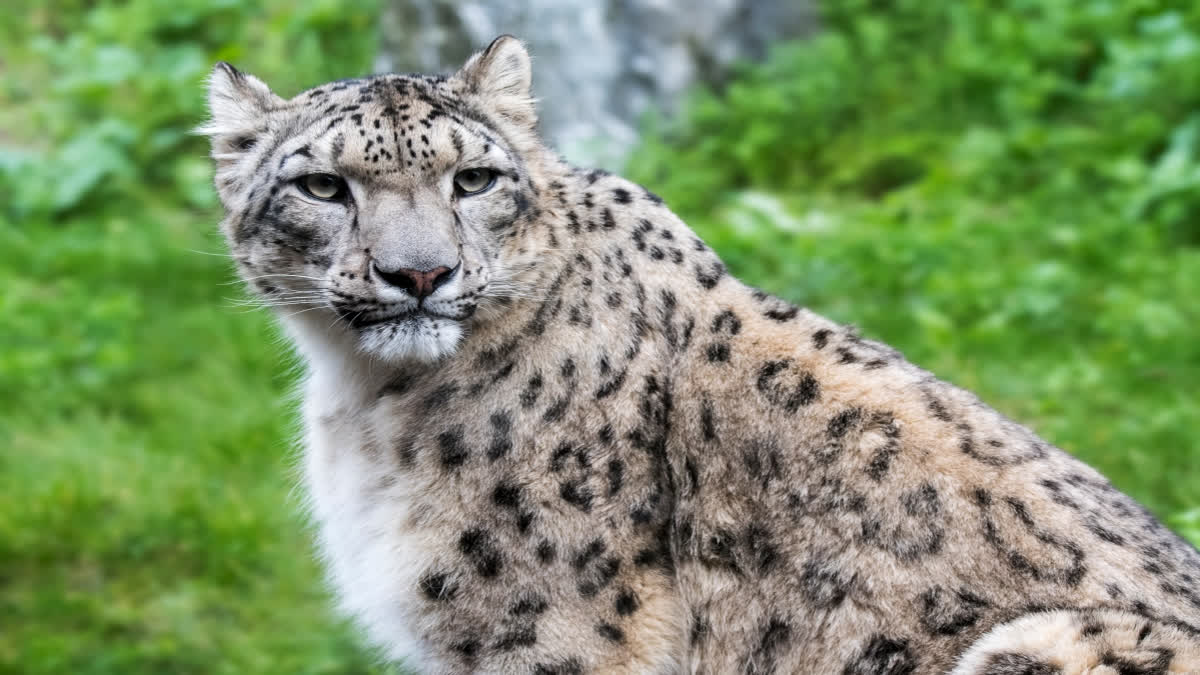Hyderabad: The International Leopard Day is celebrated every year on May 3. In an ongoing attempt to increase awareness of the importance of this species, this is a day that celebrates leopards and attempts to increase the global awareness of their status as well as the threats that leopard populations are faced with.
Leopards are elusive and nocturnal animals whose size and colour depend on the habitat. They are great climbers and hide in trees, where they hide their prey to avoid competition. Members of the cat family, leopards live in Asia, sub-Saharan Africa, Southern Russia,
and the Indian subcontinent.
They are listed as near threatened on the IUCN list as their population is declining fast due to habitat loss, prey depletion, conflict with people, trophy hunting, poaching for skin and body parts.
Subspecies of Leopard
- African Leopard (Panthera pardus pardus)
- Indian Leopard (Panthera pardus fusca)
- Javan Leopard (Panthera pardus melas)
- Arabian Leopard (Panthera pardus nimr)
- Amur Leopard (Panthera pardus orientalis)
- Sri Lankan Leopard (Panthera pardus kotiya)
- Indochinese Leopard (Panthera pardus delacouri)
- Anatolian Leopard (Panthera pardus tulliana)
The most endangered leopard subspecies is the Amur Leopard, which is native to the Russian Far East and parts of China. The population of Amur Leopards has declined significantly in the past few decades due to habitat loss, poaching, and human-wildlife conflict. According to the latest estimates, there are less than 100 Amur Leopards left in the wild, making them one of the most critically endangered big cats in the world.
Facts of Leopard
- Most leopards are light coloured and have dark spots on their fur. These spots are called 'rosettes' because their shape is similar to that of a rose. There are also black leopards, too, whose spots are hard to see because their fur is so dark
- Leopards can be found in various places around the world – they live in Sub-Saharan Africa, northeast Africa, Central Asia, India and China
- Leopards can run at up to 58km/h. They can leap 6m forward through the air
- Leopards are very solitary and spend most of their time alone. They each have their own territory, and leave scratches on trees, urine scent marks and poop to warn other leopards to stay away. Males and females will cross territories, but only to mate
- These big cats have a varied diet and enjoy different kinds of grub. They eat bugs, fish, antelope, monkeys, rodents, and deer
- Leopards are skilled climbers, and like to rest in the branches of trees during the day. They often carry their prey up into the trees so that scavengers, such as hyenas, don’t steal their meal
- Nocturnal animals, leopards are active at night when they venture out in search for food
- They mostly spend their days resting, camouflaged in the trees or hiding in caves
- When it comes to hunting for food, these big cats know their stuff. When a leopard spots a potential meal, it approaches with legs bent and head low, so as not to be seen. It then stalks its prey carefully and quietly, until it’s five to ten metres within range. And then pounces on it. The leopard dashes forward and takes down its victim with a bite to the throat or neck
- Female leopards give birth any time of the year – when they do, they usually give birth to two or three cubs. Mothers stay with their cubs until they are about two years old, when they are old enough to hunt and take care of themselves
- Leopards communicate with each other through distinctive calls. For instance, when a male wants to make another leopard aware of his presence, he’ll make a hoarse, raspy cough
- They also growl when angry and, like domestic cats, purr when happy and relaxed
- The fifth cycle of leopard population assessment (2022) covered 20 states in India, conducting a foot survey spanning 6,41,449 km to estimate carnivore signs and prey abundance
Major Causes of Leopard Deaths in India
According to WPSI, the number of leopard deaths in the country has also seen a rapid rise. At least 544 leopards were reported dead from January 1 to December 24 in 2023). Out of 544, 152 leopards were killed by poachers. Some of the major causes of Leopard deaths in the country are poaching, accident, attacks by villagers.
Preventive Measures
- Strong punishment for poaching
- Better conviction rate
- Overcoming linear infrastructure
- Relocation of villages and providing apt compensation
- Monitoring and live tracking leopards
- Redistribution of leopard population
- Empowering the locals with eco-tourism
- Establishing definitive Leopard conservation policies



